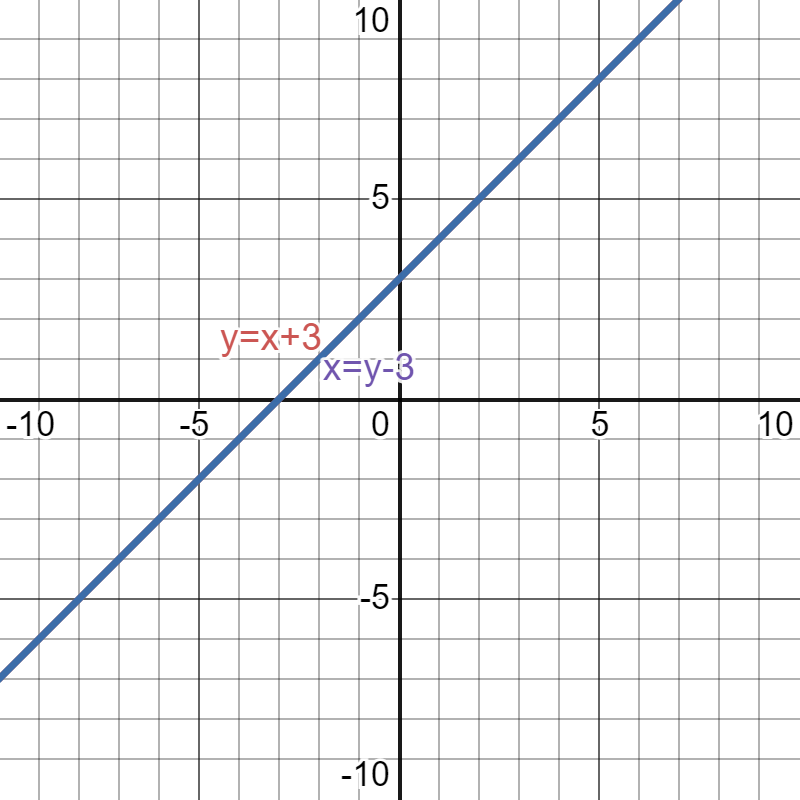Understanding Solutions to System of Equations
Systems of equations are a fundamental concept in algebra, involving two or more equations with the same set of variables. The solution to a system of equations is the set of values for the variables that satisfies all equations simultaneously. This article will explore the types of solutions, methods for solving systems, and provide examples to illustrate these concepts.
Types of Solutions
When dealing with systems of equations, it’s essential to understand the different types of solutions that can arise:
- Unique Solution: This occurs when the system has exactly one solution. Graphically, this is represented as two lines intersecting at a single point.
- No Solution: This situation arises when the equations represent parallel lines that never intersect. Such systems are termed inconsistent.
- Infinitely Many Solutions: This occurs when the equations represent the same line, meaning every point on that line is a solution. These systems are called dependent.
The classification can be summarized in the following table:
| Type of Solution | Description | Graphical Representation |
|---|---|---|
| Unique Solution | One set of values satisfies all equations | Two intersecting lines |
| No Solution | No values satisfy all equations (parallel lines) | Two parallel lines |
| Infinitely Many Solutions | All points on a line satisfy the equations | Two overlapping lines |
Methods for Solving Systems of Equations
There are several methods for solving systems of equations, each suitable for different scenarios:
- Graphical Method:
- This involves plotting each equation on a graph and identifying points of intersection.
- While intuitive, this method may not be precise for complex or large systems.
- Substitution Method:
- In this method, one equation is solved for one variable, which is then substituted into the other equation.
- This method is efficient for small systems but can become cumbersome with larger sets.
- Elimination Method:
- This technique involves adding or subtracting equations to eliminate one variable, making it easier to solve for the remaining variable.
- It is particularly useful when dealing with larger systems or when coefficients are easily manipulated.
- Matrix Method:
- Systems can also be solved using matrices and determinants (e.g., Cramer’s Rule).
- This method is highly efficient for larger systems and can be executed with computational tools.
Example Problems
Example 1: Unique Solution
Consider the following system of equations:
To find the solution:
- Set the two equations equal to each other since they both equal y:
2x+1=−x+4
- Solve for x:
3x=3 ⟹ x=1
- Substitute x=1 back into either equation to find y:
y=2(1)+1=3
Thus, the solution is (1,3).
Example 2: No Solution
Consider this system:
Here, both equations represent parallel lines since they have identical slopes but different intercepts:
- The first equation rearranges to y=−2x+5.
- The second rearranges to y=−2x+7.
Since these lines never intersect, there is no solution.
Example 3: Infinitely Many Solutions
Consider this system:
The second equation can be simplified by dividing everything by 2:
Both equations represent the same line; therefore, there are infinitely many solutions along that line.
Applications of Systems of Equations
Systems of equations are widely used in various fields such as:
- Economics: To model supply and demand.
- Engineering: To analyze forces in structures.
- Biology: To study population dynamics.
- Finance: To calculate investment returns based on multiple variables.
Conclusion
Understanding how to solve systems of equations is crucial in mathematics and its applications across various fields. By recognizing the types of solutions and employing appropriate methods, one can effectively tackle problems involving multiple variables.
Frequently Asked Questions (FAQs)
- What is a system of equations?
- A system of equations consists of two or more equations with the same variables that are solved simultaneously.
- How do I know if a system has no solution?
- If the lines represented by the equations are parallel and have different intercepts, then there is no solution.
- Can a system have more than one solution?
- Yes, if the equations represent the same line, there are infinitely many solutions.
- What method should I use to solve a system?
- The choice of method depends on the specific problem; graphical methods work well for visualizing solutions while substitution or elimination may be more efficient algebraically.
- Where can I learn more about systems of equations?
- For further reading on systems of equations and their solutions, you can refer to resources like Wikipedia.
Additional Resources
For more detailed information about solving systems of linear equations and their applications, consider visiting educational websites or government resources that specialize in mathematics education.






More Stories
Is there a lifetime limit on epidural steroid injection?
What is Section 20 of the Motor Accident Insurance Act (Queensland)?
Where to Watch USMNT vs Jamaica National Football Team